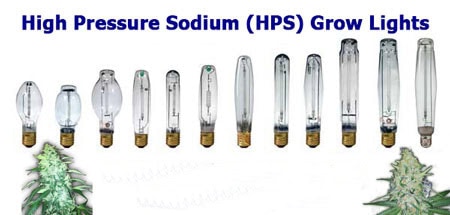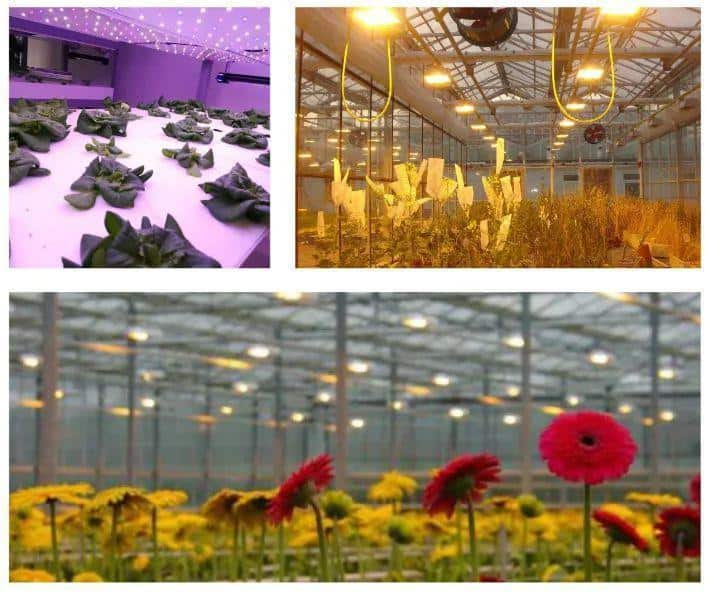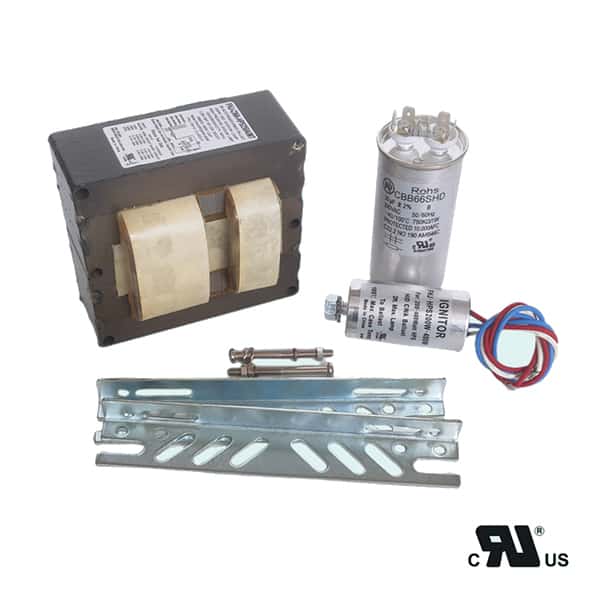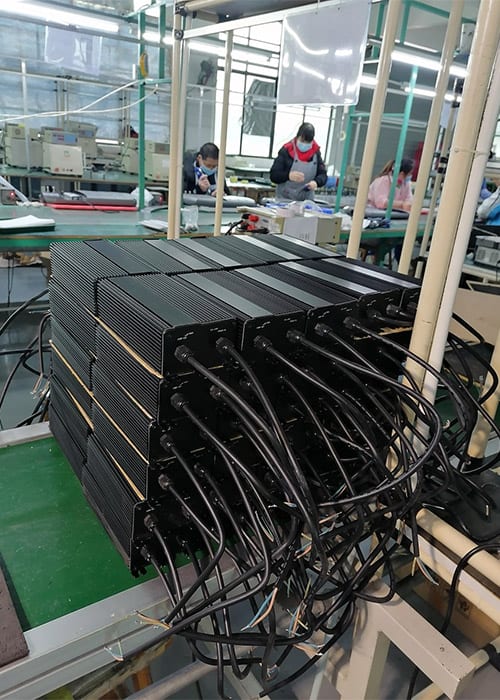People who like to grow plants inside often have a problem getting enough light to them, especially if they don’t have a lot of natural sunlight. If your plants don’t get enough light, they might grow really slow or tall and spindly, or they might not flower at all. The solution is to use the right kind of grow lights to make sure your plants get all the light they need to grow big and strong and give you lots of whatever it is you’re growing them for.
The best grow lights for indoor gardening depend on plant needs and stages of growth, including LED, fluorescent, and HID lights.
There are a lot of different kinds of grow lights, and knowing which one is best for your indoor garden can make a big difference. Each type of light has its own advantages, so you need to decide based on what you’re growing, where you’re growing it, and how much energy you want to use. In this article, we’ll look at the different kinds of grow lights, what’s good about them, what’s not so good about them, and how they can help you grow things inside.
Factors to Consider When Choosing Grow Lights
Selecting the right grow lights for indoor gardening isn’t as simple as picking the brightest bulb. You’ll need to consider several factors to ensure your plants receive the right type and amount of light.
One key factor is the light spectrum. Different light wavelengths influence various stages of plant growth. Blue light supports vegetative growth, encouraging strong leaves and stems, while red light promotes flowering and fruit production. Full-spectrum grow lights, which mimic natural sunlight, are ideal for supporting plants throughout their growth cycle.
Light intensity is another important consideration. As plants progress from seedlings to maturity, their light intensity needs increase. Adjustable grow lights allow you to customize the distance between the light source and the plants, ensuring they receive the right amount of light at each stage. Seedlings may require lower intensity light, while mature, flowering plants need higher intensity to produce fruits or flowers.
Finally, energy efficiency should not be overlooked. Indoor gardening often requires lights to be on for long hours, which can lead to high electricity bills. Energy-efficient grow lights, such as LEDs, can reduce power consumption without sacrificing light quality, making them a more sustainable choice for long-term use.
LED Grow Lights: Efficient and Long-Lasting
One of the most popular options for indoor gardeners today is LED grow lights, which are known for their energy efficiency, versatility, and durability.
LEDs offer several advantages over other types of grow lights. They are energy-efficient, consuming far less power than traditional lighting systems while delivering high light output. LEDs also emit little heat, which reduces the risk of overheating plants and eliminates the need for additional cooling systems. Additionally, they are available in full-spectrum options, which means they can support plants through every growth stage, from seedlings to flowering.
The disadvantages of LED grow lights are mostly related to their initial cost. LEDs tend to be more expensive upfront than other types of grow lights. However, their energy efficiency and long lifespan make them a cost-effective option in the long run, as they significantly reduce electricity bills and maintenance costs. For serious indoor gardeners, LED grow lights are a smart investment.
Fluorescent Grow Lights: Affordable and Effective for Small Plants
Fluorescent grow lights, particularly T5 bulbs, are a favorite among indoor gardeners who are working with a small budget or growing delicate plants like seedlings and herbs.
One of the main advantages of fluorescent lights is their affordability. These lights are relatively inexpensive and widely available, making them an excellent option for beginners or hobbyists. They also emit very little heat, making them safe to use for small, delicate plants that are sensitive to temperature changes. Fluorescent lights are best for plants that require lower light intensity, such as leafy greens, herbs, or seedlings.
However, fluorescent lights do have some disadvantages. They provide less intense light than LED or HID systems, which means they may not be suitable for plants that require more light to thrive, such as flowering or fruiting plants. Additionally, while fluorescent lights are energy-efficient, they are not as durable or long-lasting as LEDs, and they may need to be replaced more frequently.
HID Grow Lights: Best for Large-Scale and High-Yield Gardens
HID (High-Intensity Discharge) grow lights have been a staple for professional indoor gardeners and commercial growers due to their powerful light output and ability to cover large areas.
The advantages of HID lights are their intense brightness and effectiveness for large indoor gardens. HID grow lights, such as metal halide (MH) and high-pressure sodium (HPS) lights, are excellent for supporting different growth stages. MH lights emit blue light, which is ideal for the vegetative phase, while HPS lights emit red light, making them perfect for the flowering stage. Their intense light makes them suitable for large-scale operations and plants that need a lot of light to bloom, such as tomatoes or cannabis.
Despite their benefits, HID lights come with a few significant disadvantages. They generate a lot of heat, which can increase the temperature in your growing space and may require additional ventilation or cooling systems. Additionally, they consume more electricity than LEDs or fluorescent lights, making them less energy-efficient. HID lights are also bulkier and may require more maintenance, such as changing bulbs and installing ballasts.
Best Grow Light Setups for Different Plants
Different plants have specific lighting needs depending on their growth stage and environment. To get the best results, it’s important to choose grow lights that match your plants’ requirements.
For the vegetative stage, plants need more blue light to encourage leaf development and strong stems. LED grow lights or metal halide HID lights are excellent choices for this stage, as they provide the necessary blue spectrum.
When your plants enter the flowering stage, they require more red and orange light to promote budding and fruiting. High-pressure sodium lights or full-spectrum LEDs are ideal for this stage, as they deliver the right balance of light needed to stimulate flowering and fruit production.
For plants like succulents and cacti, which thrive in bright, direct sunlight, a full-spectrum LED or fluorescent light is usually sufficient. These plants require less red light and more overall light intensity to simulate the bright, dry environments they naturally grow in.
Balancing Cost and Efficiency in Grow Light Selection
Choosing the right grow lights is often a balance between cost and efficiency. Indoor gardeners need to evaluate not just the upfront price of the lights but also their long-term energy consumption and how well they meet the needs of the plants.
LED grow lights are a great choice for those who want to prioritize energy efficiency. Though the initial investment is higher, their long lifespan and reduced energy costs make them a smart option in the long run.
Fluorescent lights are ideal for gardeners on a budget, especially those growing smaller plants that don’t require high light intensity. However, they may need to be replaced more often, which can increase costs over time.
For those aiming for high yields, HID grow lights provide the intensity needed for large-scale indoor gardening. While they require more energy and cooling systems, their effectiveness for large, high-yield gardens can outweigh the additional costs.
Final Words:
Choosing the best grow lights for your indoor garden depends on what kind of light your plants need, how much you want to spend, and how big your indoor garden is. LED, fluorescent, and HID grow lights all have different good things and bad things about them. By picking the right kind of light, you can make sure your plants grow big and strong and get the most out of your indoor garden.




